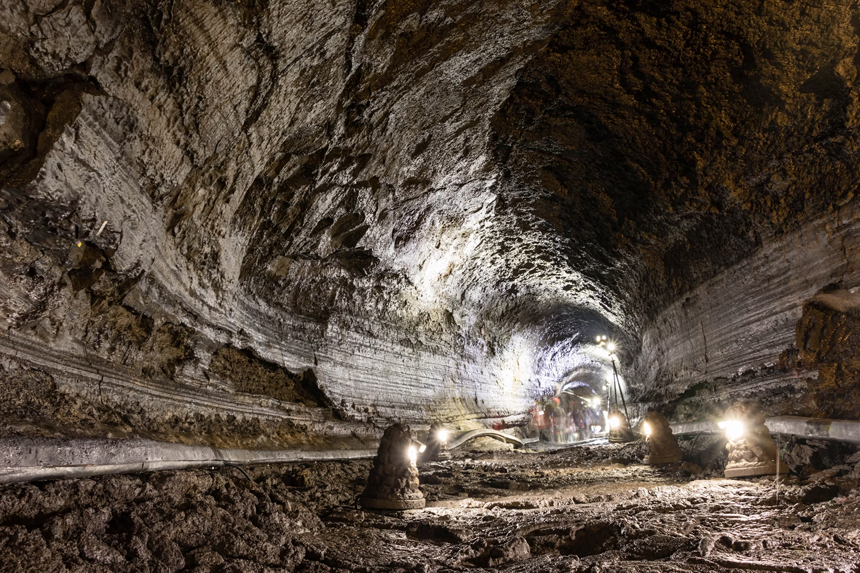Five miners caught inside a flooded coal mine in Assam’s Dima Hasao area have been found by rescuers following 44 days of nonstop search operations. Nine workers were caught inside the buried mine in Umrangso as water suddenly surged into the small tunnels on January 6. Referring to this episode as the Assam coal mine disaster, it emphasizes the risks associated with illicit mining in the area.
During the first week four bodies were retrieved; the remaining five were discovered on Wednesday, signifying the end of the large-scale rescue effort. The sad event has once more brought attention to the illicit coal mining business in India and the daily dangerous conditions employees endure.
The Assam coal mine catastrophe has generated general questions about mining laws, safety precautions, and the restriction on rat-hole mining. Experts think that the continuation of such illegal mining activities is a result of lack of control mixed with the attraction of fast financial advantages. Illegal mines still operate and endanger people despite different government interventions and legal limitations.
The identification of the bodies?
Given the decomposing condition of the bodies, authorities have said DNA tests would be carried out to verify the identities of the miners. Assam Chief Minister Himanta Biswa Sarma declared on social media that identification procedure has started.
Families of the departed have also been called upon to assist with body identification. Official from the District Disaster Management Authority Riki Phukan claims that the Assam state government has guaranteed compensation for the relatives of the victims. Many families are shattered by the Assam coal mine catastrophe, which also draws attention to the problem of illicit mining in the area.
Finding the dead miners presents a delicate and difficult chore. The extended exposure to external conditions and water has hastened breakdown, hence visual identification is almost impossible. To prove identities, forensic teams will depend on dental records, DNA tests, and personal items discovered at the location.
Families bereaved of loved ones in the catastrophe have shown great suffering and annoyance over the events. Many contend that improved control and application of mining legislation may have avoided this catastrophe. Although the government has committed to act forcefully against operators of unlawful mines, some doubt regarding the execution of these policies.
Who oversaw the search activities?
Combining the Indian Army, Indian Navy, state police, and disaster response teams, the search and recovery operation was completed by a joint team. The isolated and mountainous topography of the mine made great difficulties for the rescue teams even with divers and aircraft. The Assam coal mine catastrophe has highlighted the challenge of carrying out rescue missions in such dangerous areas.
Using cutting-edge technologies including sonar detection and underwater cameras to find the dead, rescue teams put out endless effort. But the mine’s small form and unstable walls made it challenging for divers to safely negotiate the location. The constant flow of water made the operations more difficult and called for the employment of heavy-duty pumps to drain areas of the mine.
Furthermore demanded by experts are improved response plans and readiness for such events. Rescue attempts are much delayed by inadequate infrastructure and the logistical difficulties related to far-off mining sites. The Assam coal mine disaster reminds us of how urgently better safety precautions must be implemented in mining activities all throughout the nation.
Experience of Survivors
Ravi Rai from Nepal, one of the saved miners, remembered the terrible experience within the flooded tunnels.
“We were holding on to a rope in 50 to 60 feet of deep water for at least 50 minutes before being pulled out,” he claimed.
Trapped in the dark, frigid water, survivors detailed the pure horror they experienced, not knowing if they would ever see sunshine once more. Those who survived go through great psychological stress, and many have complained of battling anxiety and nightmares long after the tragedy.
Medical personnel who treated the survivors stressed the need of mental health support in complement to physical treatment. Many of the saved miners need counseling to help them understand the experiences they went through since many of them suffer with post-traumatic stress disorder (PTSD).
The Assam coal mine disaster has once more sparked questions about the working conditions in the unbridled mining industry. Families of the dead and survivors have demanded tougher rules to guard workers and guarantee higher safety standards.
Why Are "Rat-Hole" Mines Still Operational in Face of Ban?
Though the Indian government outlawed “rat-hole” mining in 2014, these risky and uncontrolled coal mines still run illegally in Assam and other northeastern regions.
As prior events indicate, illegal mining is still a serious issue. Six miners from Nagaland perished in January 2024 following a fire started at a similar mine. At least 15 Meghalaya miners were caught in 2018 as flooding from a neighboring river surrounded an illicit mine.
Assam police have started looking into illicit mining operations in the state in response to this latest accident in order to stop such disasters going forward. The Assam coal mine disaster once more highlights the continuous hazards and results of unethical mining methods.
The causes of the continuation of rat-hole mining are multifarious. The great demand for coal, lack of substitute jobs, and poor application of laws help to explain its ongoing presence. Because of the financial incentives involved, many underprivileged workers—including immigrants—are ready to take the hazards connected with illicit mining.
Long campaigning against these illicit mines, environmental activists and human rights organizations have highlighted the terrible effects on the ecology as well as human life. Unchecked coal mining has major environmental effects including toxic garbage, deforestation, and groundwater poisoning.
The Assam coal mine disaster has spurred fresh calls for more rigorous mining ban enforcement as well as for the development of other economic options for impacted populations. Although authorities have promised to clamp down on illicit mining activities, structural corruption and the industry’s ingrained nature provide significant difficulties.
The government, environmentalists, and industry players must cooperate to find sustainable answers as India struggles with the problem of illicit coal mining. The Assam coal mine disaster reminds us grimly of the cost workers and their families suffer when safety rules are disregarded.








